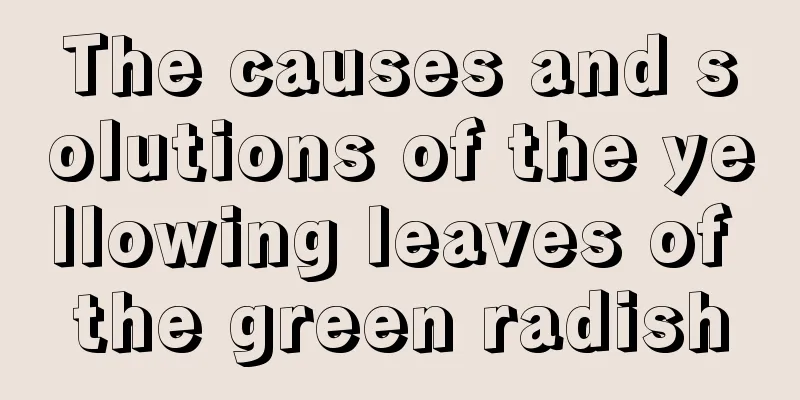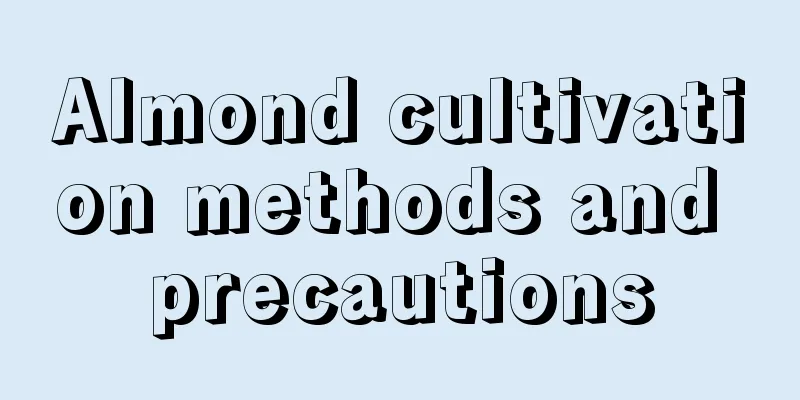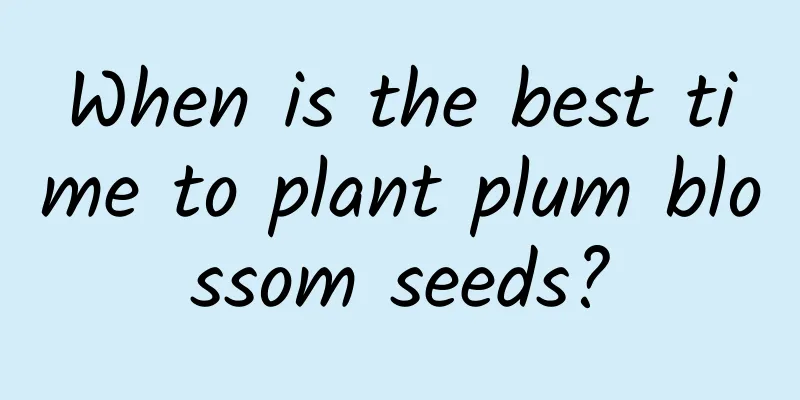The cultivation methods and precautions of Albizia julibrissin

1. Maintenance methods1. Soil: He Huan can grow well in any soil. It has extremely low requirements for soil and is highly resistant to barrenness. Sandy soil is very suitable for its growth and it will grow very strong. 2. Temperature: The temperature of 13-18℃ is most suitable for its growth. It has strong cold resistance and can withstand low temperatures of -10℃, so there is no need to worry about it being frozen to death in winter and you can raise it with confidence. 3. Sunlight: It likes an environment with plenty of sunlight. The more sunlight there is, the better it grows and the bigger the flowers will bloom. However, in summer, you still need to pay attention to shade to avoid being burned by the scorching sun. 4. Fertilization: Fertilizer is almost optional during maintenance, because it has a very strong ability to tolerate barrenness, so you can let it roam free and apply some fertilizer when you remember. There is no problem if you don’t apply fertilizer. 2. Breeding techniques1. Pruning: When pruning, mainly prune off the injured roots and branches and leaves, and keep half of the branches on the main trunk to control water loss and evaporation. 2. Transplanting: Transplanting of seedlings is usually carried out in spring and autumn. After the seedlings grow to a certain height, usually 30-50cm, it can be carried out. Try to transplant them in good weather and under the sun so that their roots can quickly adapt to the new environment. 3. Problem diagnosis and treatment1. Yellow leaves: It is sensitive to air circulation. If it is cultivated in an environment with poor air circulation for a long time, it is easy for the leaves to turn yellow or even fall off. It needs to be transferred to a place with good air circulation as soon as possible. 2. Fusarium wilt: This is a disease that is very harmful to Albizia Julibrissin. The main symptom is yellowing of leaves, followed by withering of branches, which gradually infects the whole plant and eventually leads to death. In the early stage of the disease, you should purchase professional pesticides for spraying and use them regularly. IV. Other issues1. Is it poisonous? Albizia Julibrissin is not toxic at all. On the contrary, its flowers can be soaked in water and drunk, which can be effective for mild insomnia. 2. Can it be grown indoors: Albizia julibrissin can be grown indoors, but it is best not to grow it in the bedroom, because it will compete with people for oxygen at night and release carbon dioxide, which is harmful to the human body. It can be grown in the living room. |
<<: Cultivation methods and precautions of dolphin flower
>>: Cultivation methods and precautions of red mulberry
Recommend
How to grow Epiphyllum in autumn
1. Enter the room in time At the beginning of aut...
How to dwarf lilies
Bulb selection and processing It is usually plant...
How many times a year can okra be planted and how long is the growing period?
How many seasons can okra be planted in a year Ok...
Jiaguobao planting conditions and regions
Jabuticaba Planting Conditions Jabuticaba prefers...
Why do the leaves of Phlox turn yellow and fall off?
1. Lack of light Reason: The philadelphus itself ...
What flowers are suitable for growing in Zhoushan? What are the city flowers and trees?
1. Climate characteristics of Zhoushan Zhoushan h...
Carnation Flower Language
1. Gratitude and Respect The more common flower l...
Do a little trick for the "Kalanchoe" in the first month of the lunar year, and the flower buds will double in size and the branches will keep sprouting!
If you want to use Kalanchoe as a New Year flower...
What kind of soil do sunflowers like and what kind of soil should be used for cultivation?
1. What kind of soil do you like? It is highly ad...
How to grow hydrangeas in water
1. Cut branches When growing hydrangeas in hydrop...
The correct way to water green radish with beer How to water green radish with beer for better effect
Can beer be used to water green radish? Beer wate...
When is the best time to transplant Desert Rose?
When transplanting Desert Rose, it is best to use...
Does lipstick bougainvillea bloom frequently?
Bougainvillea is a flower that is deeply loved by...
Can I grow dragon fruit at home?
Can I grow dragon fruit at home? You can grow dra...
The most powerful flower-growing skills, even experienced flower farmers feel inferior after seeing them
Creative bird cage Flower Growing Encyclopedia It...









